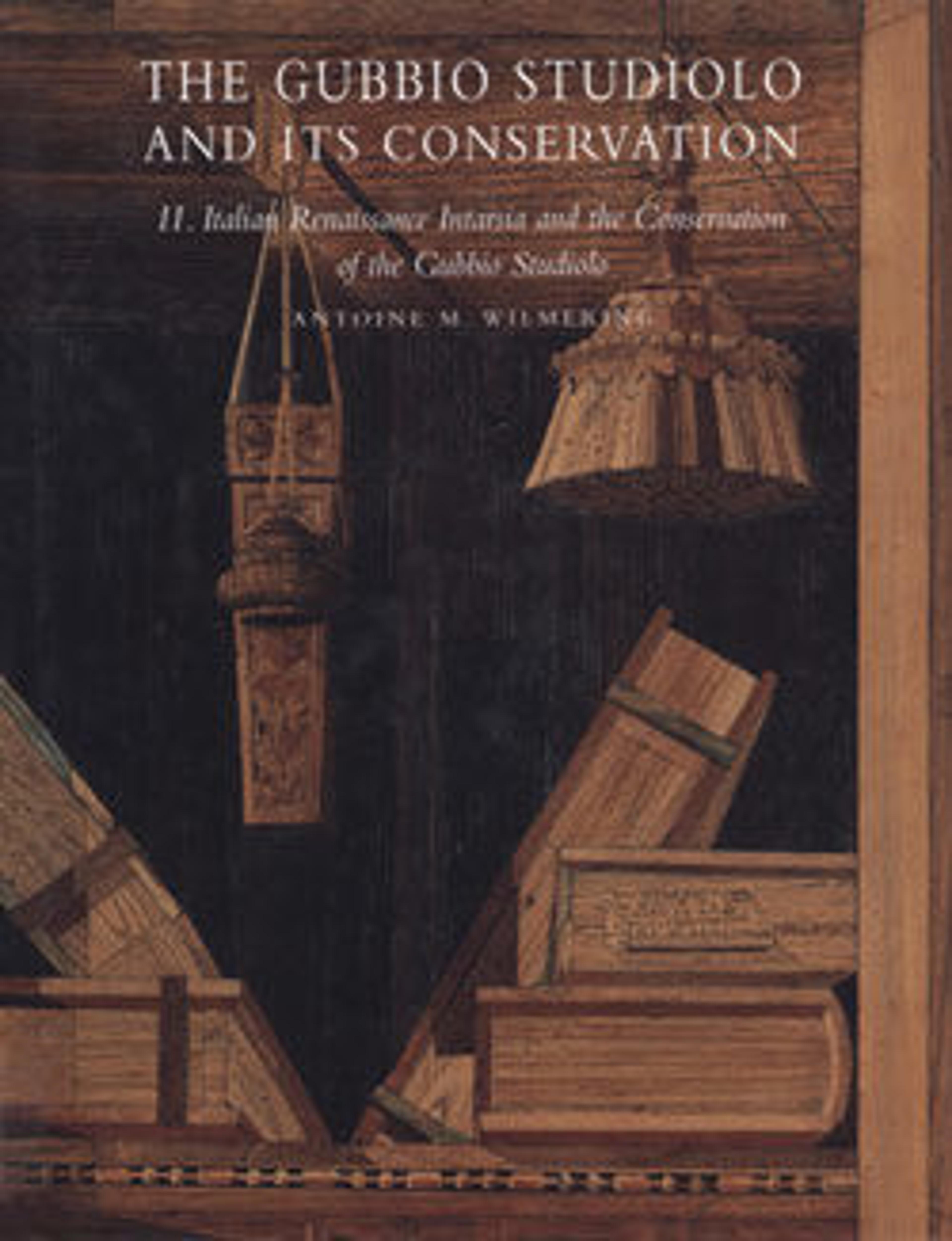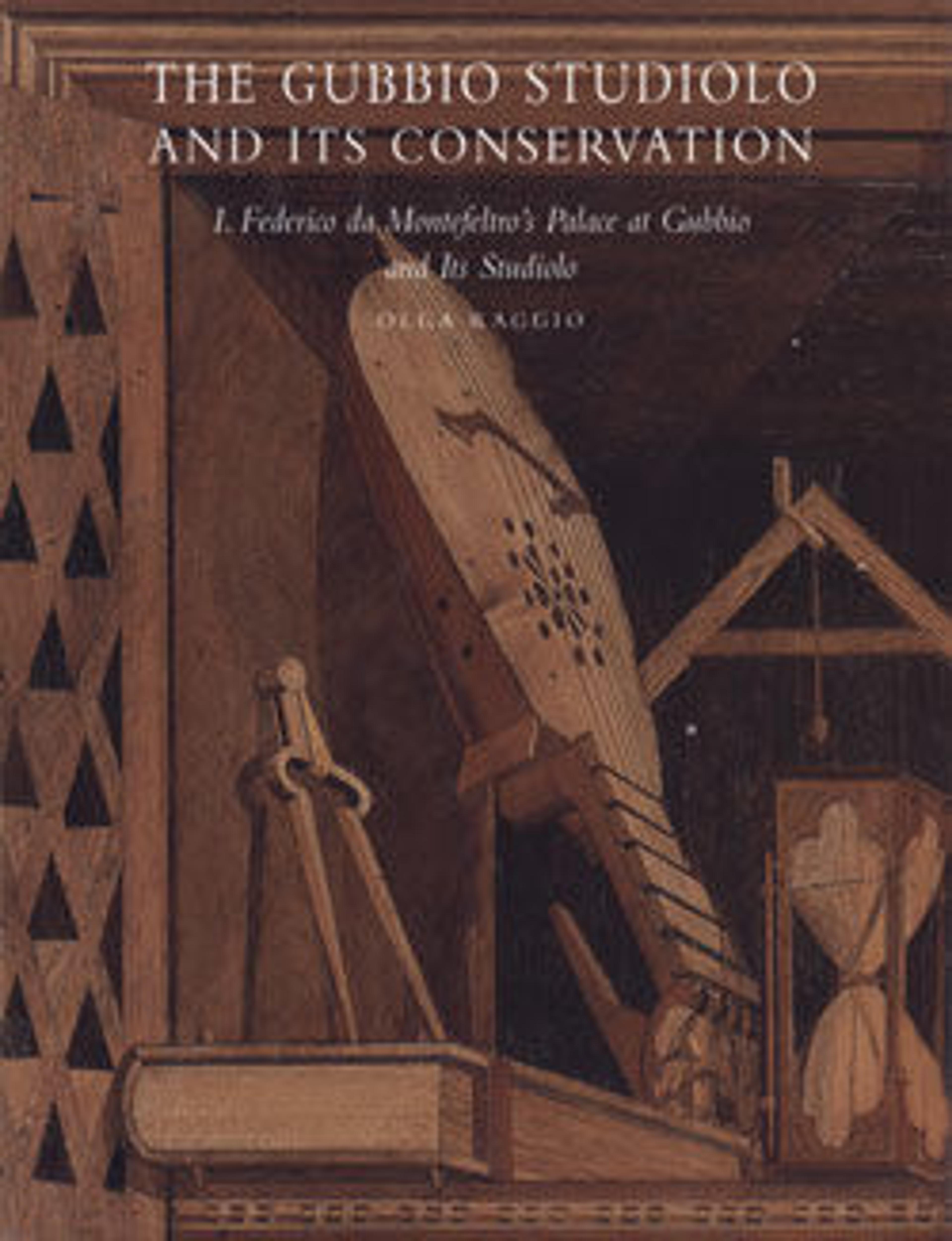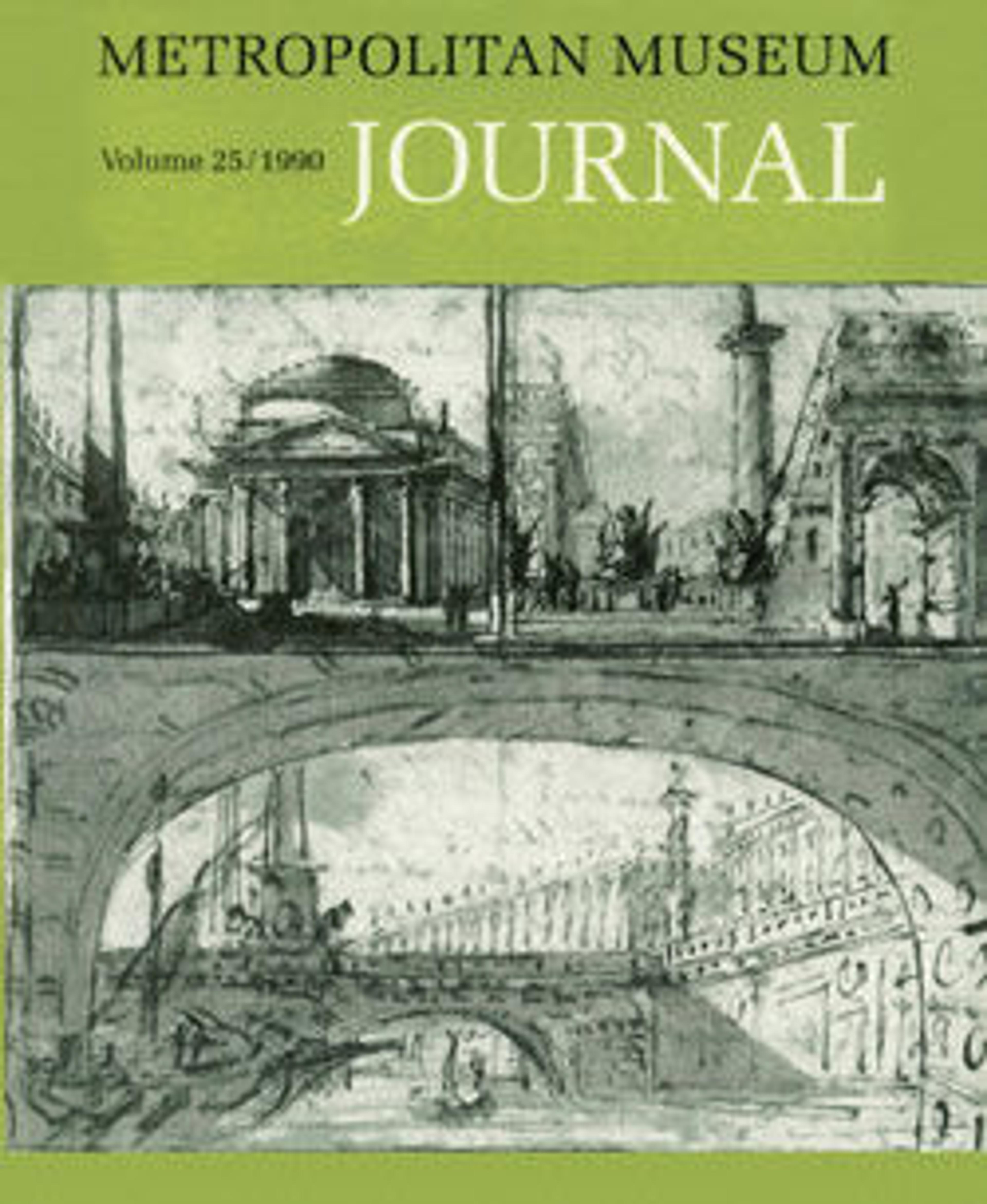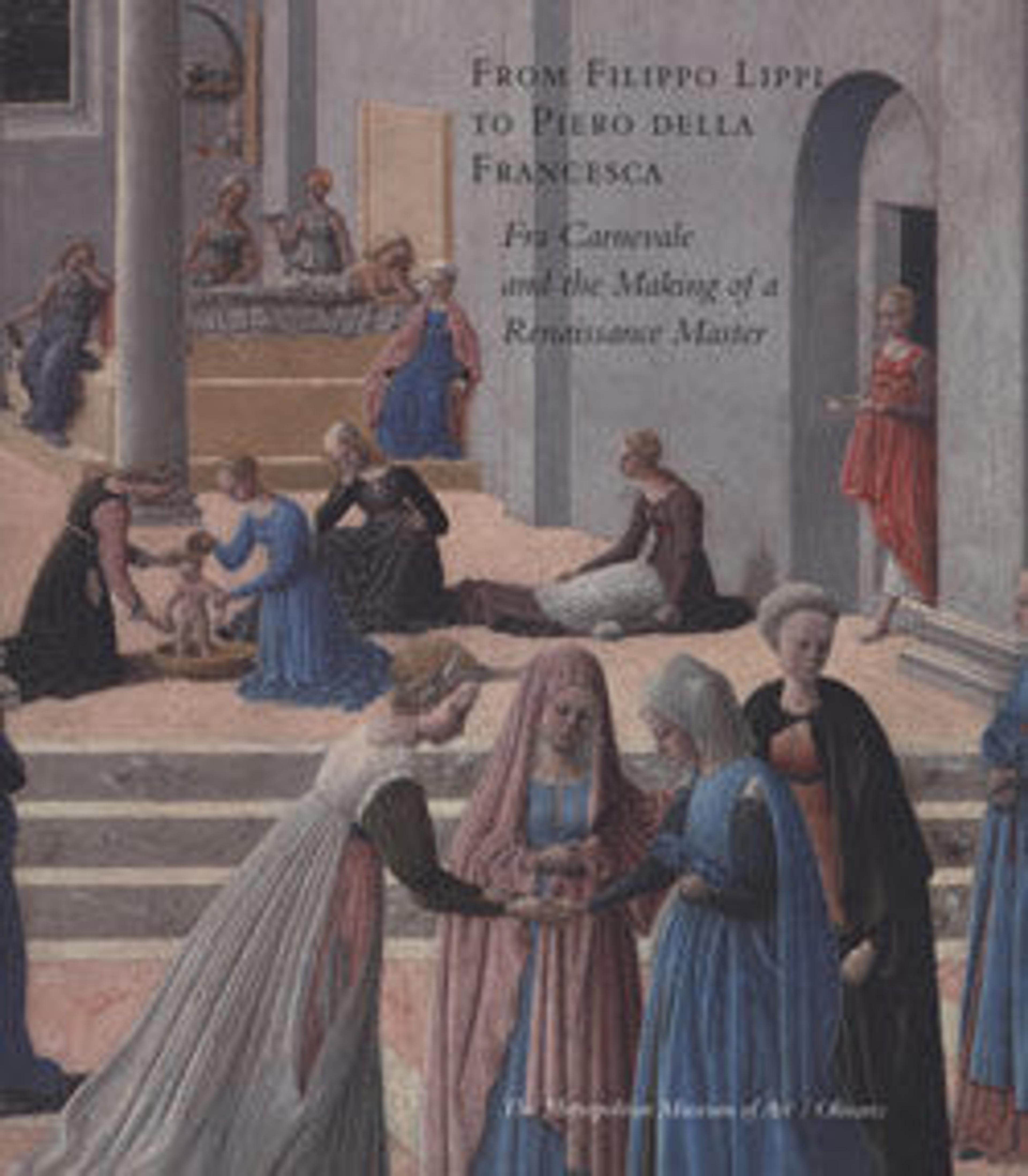
The Gubbio Studiolo and Its Conservation. Vol. 2, Italian Renaissance Intarsia and the Conservation of the Gubbio Studiolo
This two-volume publication is an in-depth presentation of the Gubbio studiolo, the masterpiece of Italian Renaissance woodwork that was reinstalled in The Metropolitan Museum of Art in 1996. This small private study, about sixteen by twelve feet, is valued not only for the beauty of its perspectival inlay—a tour de force of illusionism—but also for its profound historical associations.
Commissioned by Federico da Montefeltro, who was among the most powerful of the fifteenth-century Italian condottieri, the studiolo's intarsia panels display a dazzling array of the accoutrements of the duke's life—armor and insignia referring to his prowess as a warrior and a wise ruler, as well as musical and scientific instruments and books that attest to his love of learning. This humanist's treasure trove, "stored" on shelves behind half-open lattice doors, is rendered with a most admirable understanding of the laws of perspective. The objects depicted and the shadows that give them such realistic volume are composed of thousands of pieces and slivers of different varieties of wood, each set with uncanny accuracy. After a decade of conservation treatment, the studiolo is once more a glorious and mesmerizing Renaissance interior. It is rivaled only by a slightly earlier room of the same type commissioned by Federico da Montefeltro for his palace at Urbino, where it remains.
In Volume I, Olga Raggio presents a new assessment of the creation of the studiolo and its original site. The room is placed in the architectural context of Gubbio's ducal palace. The achievements of Federico da Montefeltro, among the greatest of Renaissance patrons, are described in detail; his role in the creation of both the Gubbio and the Urbino studioli as well as in a number of other major commissions is brought to light; and much attention is given to the contribution of Francesco di Giorgio, Federico's architect. The survey of the studiolo's iconographic program is enhanced by comparisons with intarsia works in other collections and sites. Archival documents and inventories trace the history of the Gubbio studiolo, including its years of neglect, sale, and its ultimate journey to the Metropolitan Museum. Volume I includes Martin Kemp's essay, "Making It Work: The Perspective Design of the Studiolo," an essential analysis of the Gubbio perspectival system.
In Volume II, Antoine M. Wilmering gives a wealth of information on the history, materials, and techniques of Renaissance intarsia work. He discusses the major Italian masters of intarsia and gives an acute summary of the differences and similarities in their work. Many comparative illustrations illuminate this investigation. The lengthy review of the woods, colors, adhesives, and varnishes employed by the intarsia cutters gives new information about a very complex subject. Throughout, this volume offers a groundbreaking examination of this extraordinary form of woodworking and the techniques employed for its conservation. Numerous before-and-after photographs bring the conservator's accomplishments to life.
Met Art in Publication
You May Also Like
Press the down key to skip to the last item.
Citation
Raggio, Olga, and Antoine M. Wilmering. 1999. The Gubbio Studiolo and Its Conservation. New York: Metropolitan Museum of Art.




